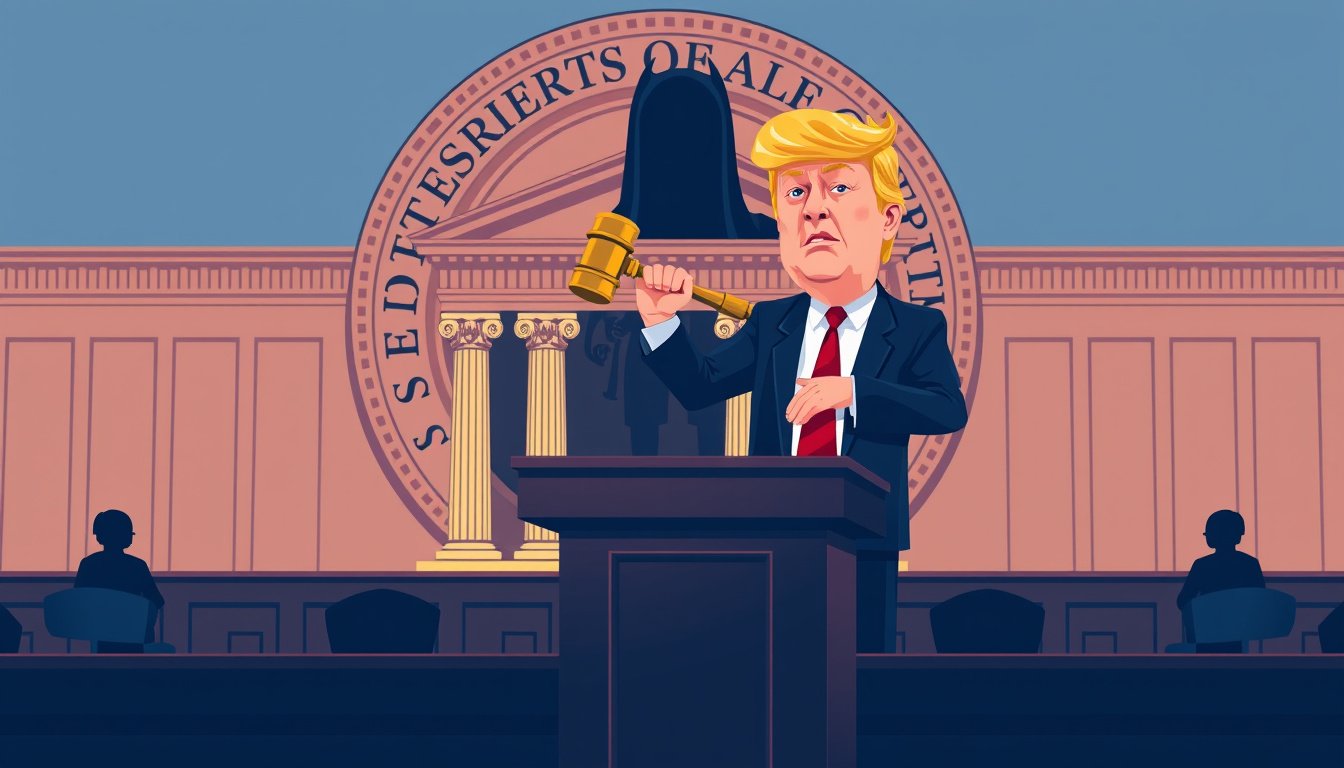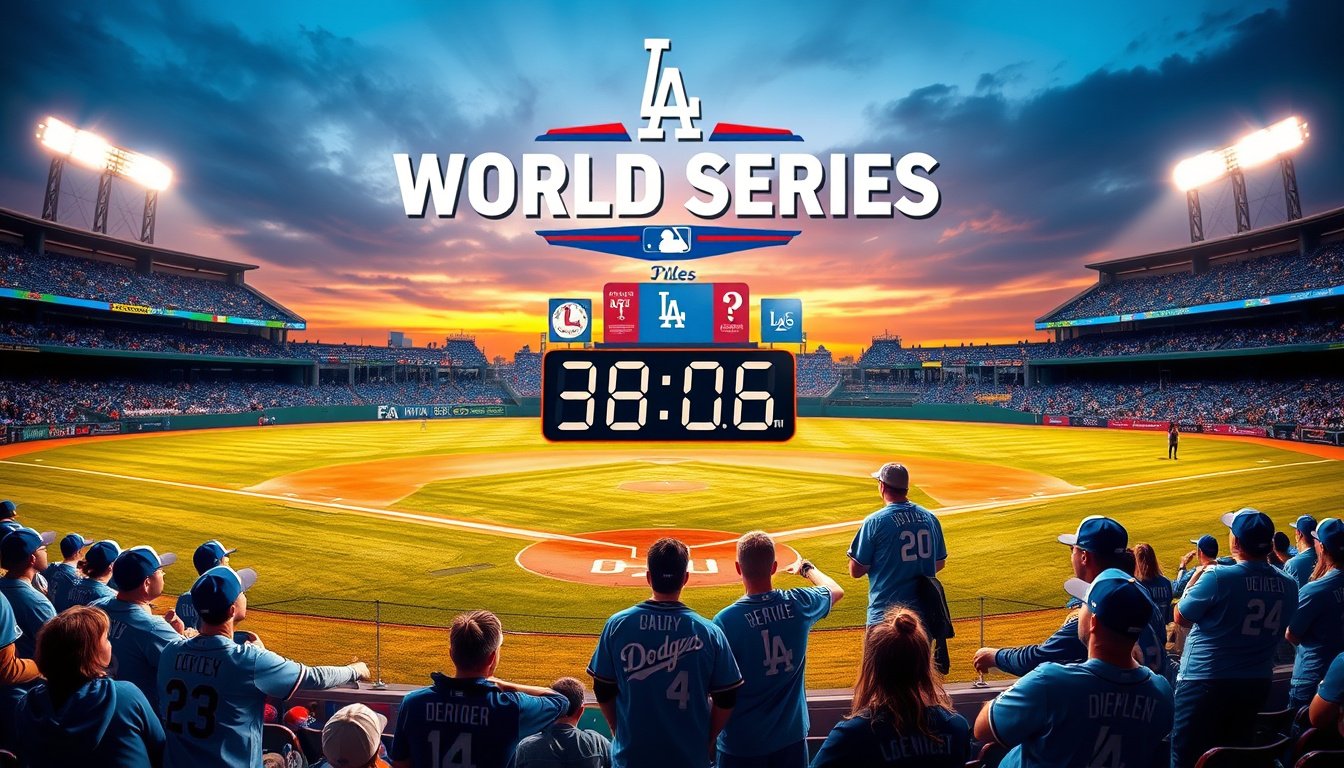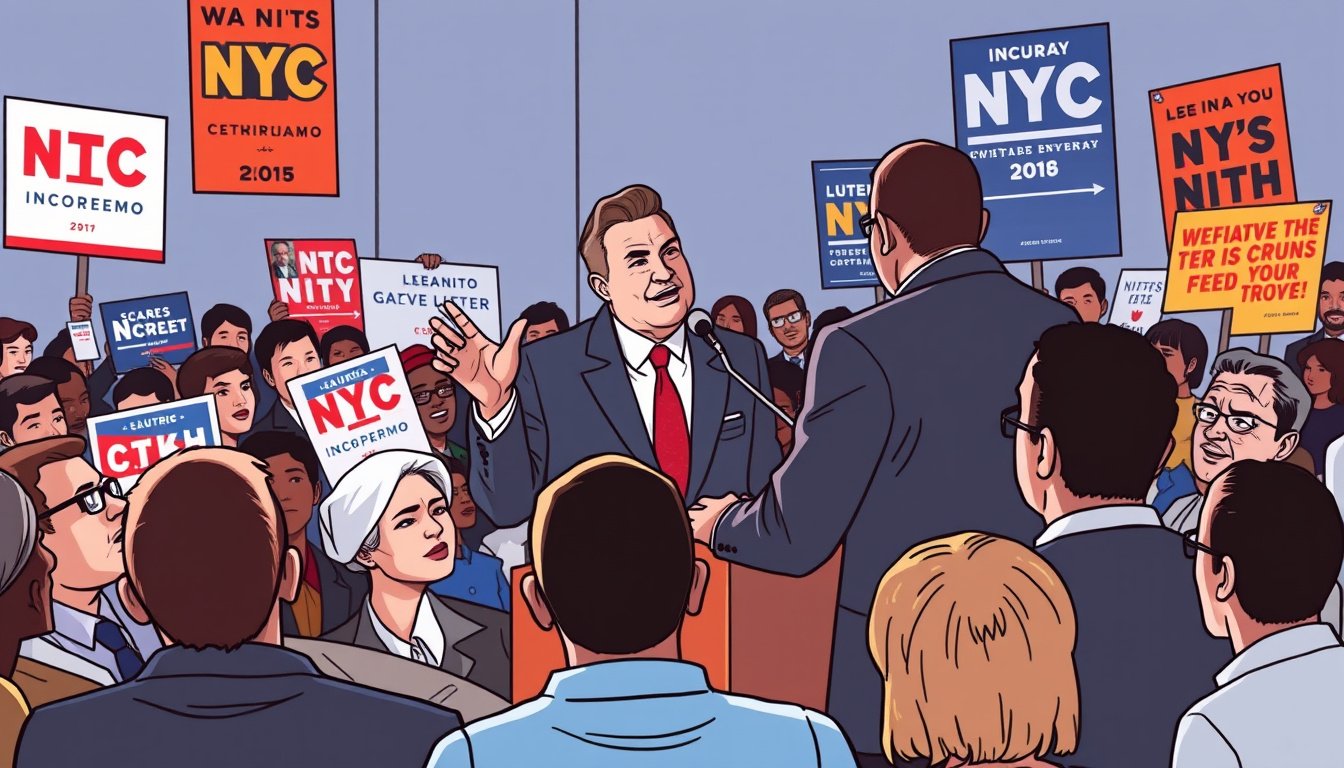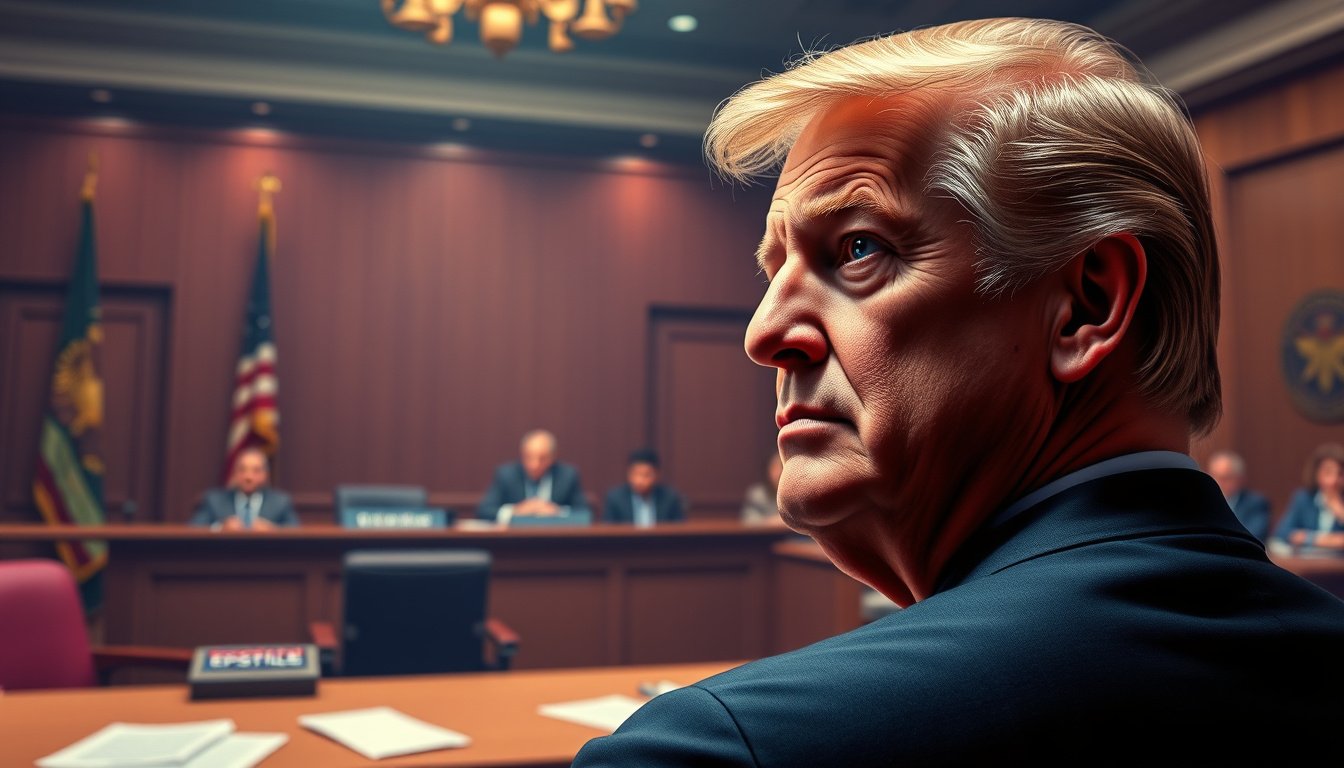The U.S. Supreme Court’s recent decision regarding birthright citizenship has stirred controversy, providing former President Donald Trump with a potent tool to challenge judicial authority and reshape key aspects of American law. Central to the dispute is Trump’s executive order that sought to end birthright citizenship for children born in the United States to undocumented immigrants—an unprecedented move that many federal judges have deemed unconstitutional.
For over 150 years, the 14th Amendment has guaranteed that anyone born on U.S. soil is a citizen, irrespective of their parents’ legal status. Courts nationwide—including those led by both Republican and Democratic appointees—have consistently blocked attempts to undermine this constitutional guarantee. However, the Supreme Court’s 6-3 ruling, led by Justice Amy Coney Barrett and the conservative majority, sidestepped directly addressing the constitutionality of Trump’s order. Instead, the court focused on procedural grounds by limiting the use of nationwide injunctions, which previously allowed courts to block policies broadly rather than on a state-by-state basis.
This ruling effectively undermines the ability of courts to impose sweeping, uniform protections against controversial executive actions. It means that individuals or states wanting to challenge unlawful policies must pursue separate, localized legal battles rather than rely on one nationwide prohibition. As a result, conflicting judicial decisions across states could lead to a fragmented legal landscape where the protections one enjoys depend heavily on geography—especially problematic for vulnerable populations like undocumented immigrants.
Critics have warned that this procedural shift grants the executive branch a freer hand, enabling potentially unconstitutional policies to persist unchecked in some parts of the country. Justice Sonia Sotomayor, writing in dissent, emphasized that the court’s approach fosters “a two-tiered scheme” where citizenship rights could vary based on location, threatening fundamental fairness and the rule of law. She also highlighted the real-world dangers for children and families caught in this legal limbo, including risks of statelessness and unjust deportations.
The ruling’s timing and implications resonate deeply with Trump’s broader combative stance towards the judiciary. Throughout his political career, Trump has openly clashed with judges who resist his policies—attacking court decisions, questioning judicial legitimacy, and even pursuing lawsuits against entire benches. By restricting the courts’ capacity to issue nationwide relief, the Supreme Court’s decision hands Trump, and potentially future presidents, a blunt instrument to press forward with contentious executive orders while constraining the judiciary’s capacity to check executive overreach efficiently.
While the court claims its ruling is a step toward restoring proper limits on federal courts’ powers, many legal experts and politicians warn that it could sow chaos, erode constitutional safeguards, and undermine equal protection under the law. The refusal to confront the birthright citizenship question head-on leaves a cloud of uncertainty over an issue foundational to American identity and civil rights.
In sum, the Supreme Court’s ruling does more than reshape injunction practices—it ignites a constitutional battle over citizenship rights and empowers the executive branch in ways that may disrupt the balance between the judiciary and the presidency. As the nation continues to wrestle with these fundamental issues, the ruling marks a pivotal moment heralding potential turmoil in the defense of constitutional law and civil liberties.










